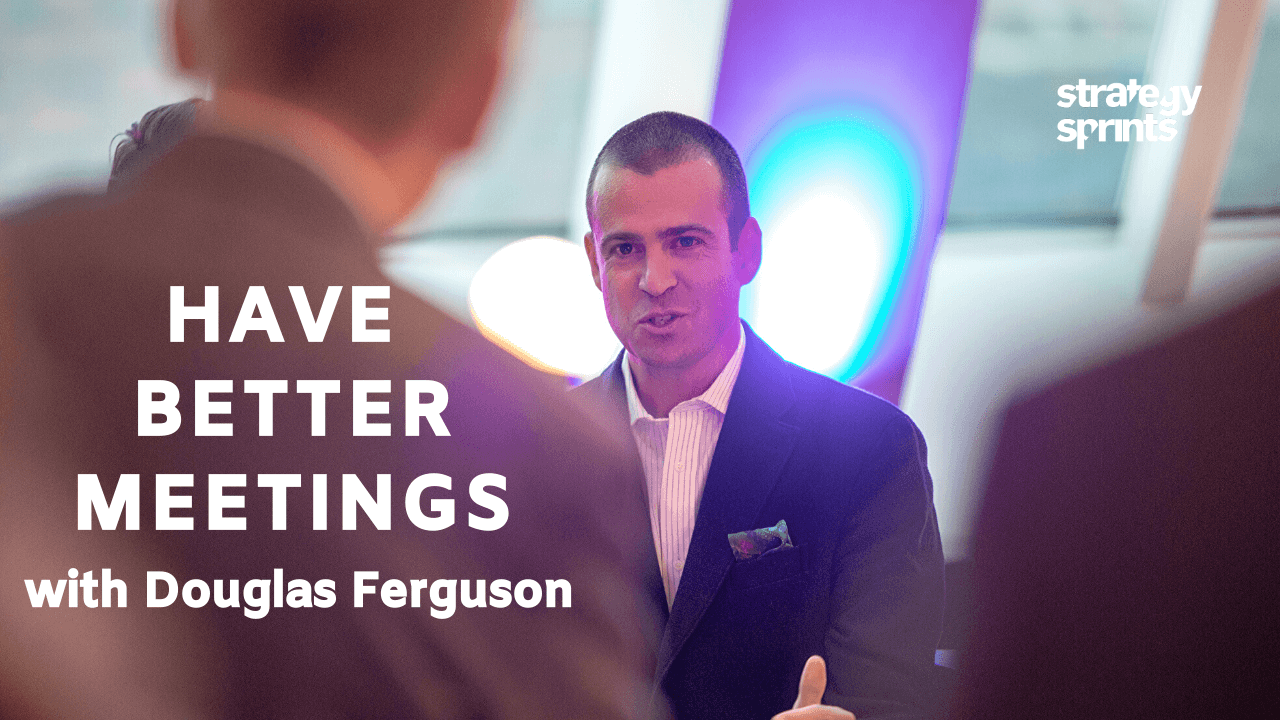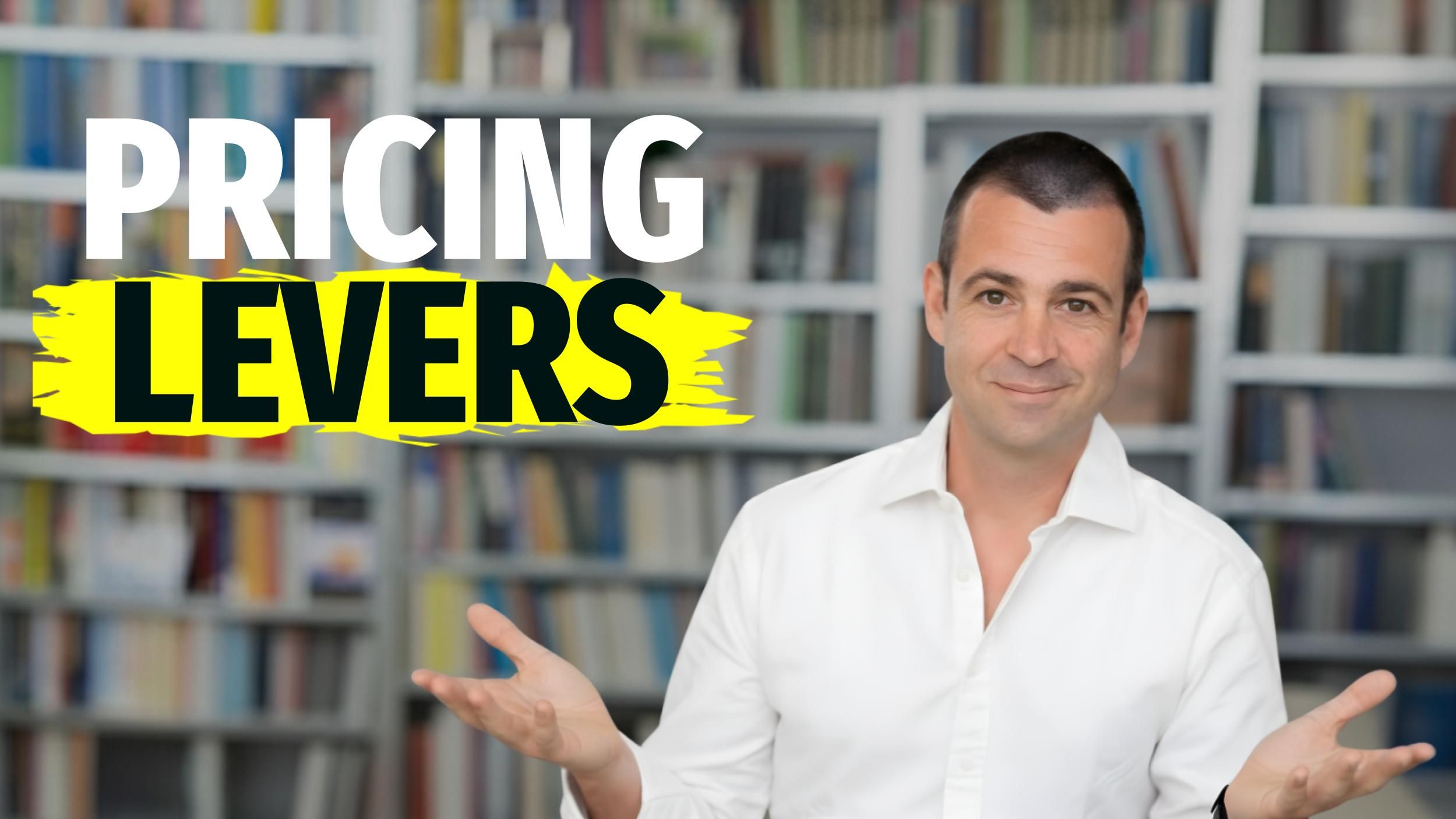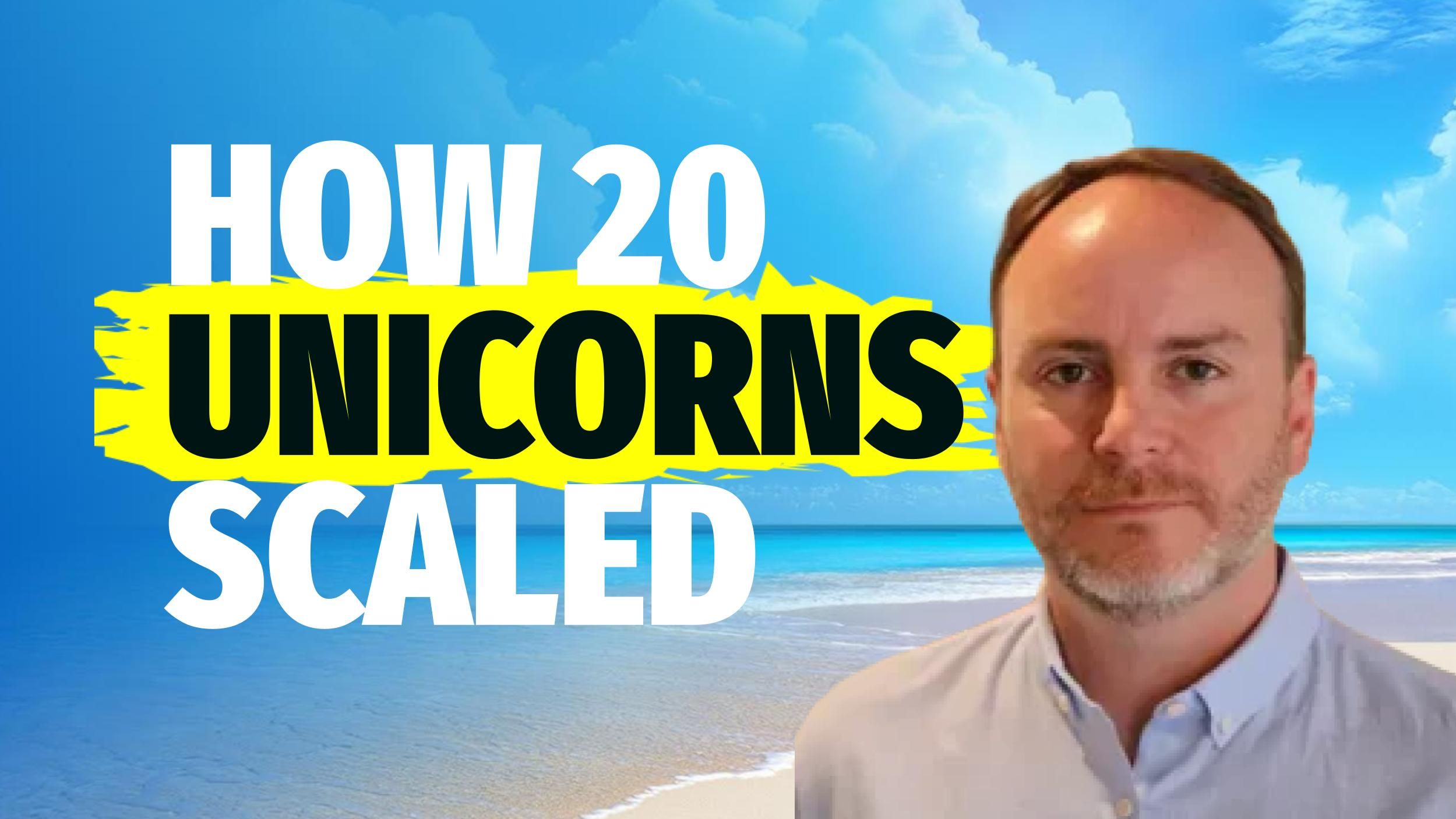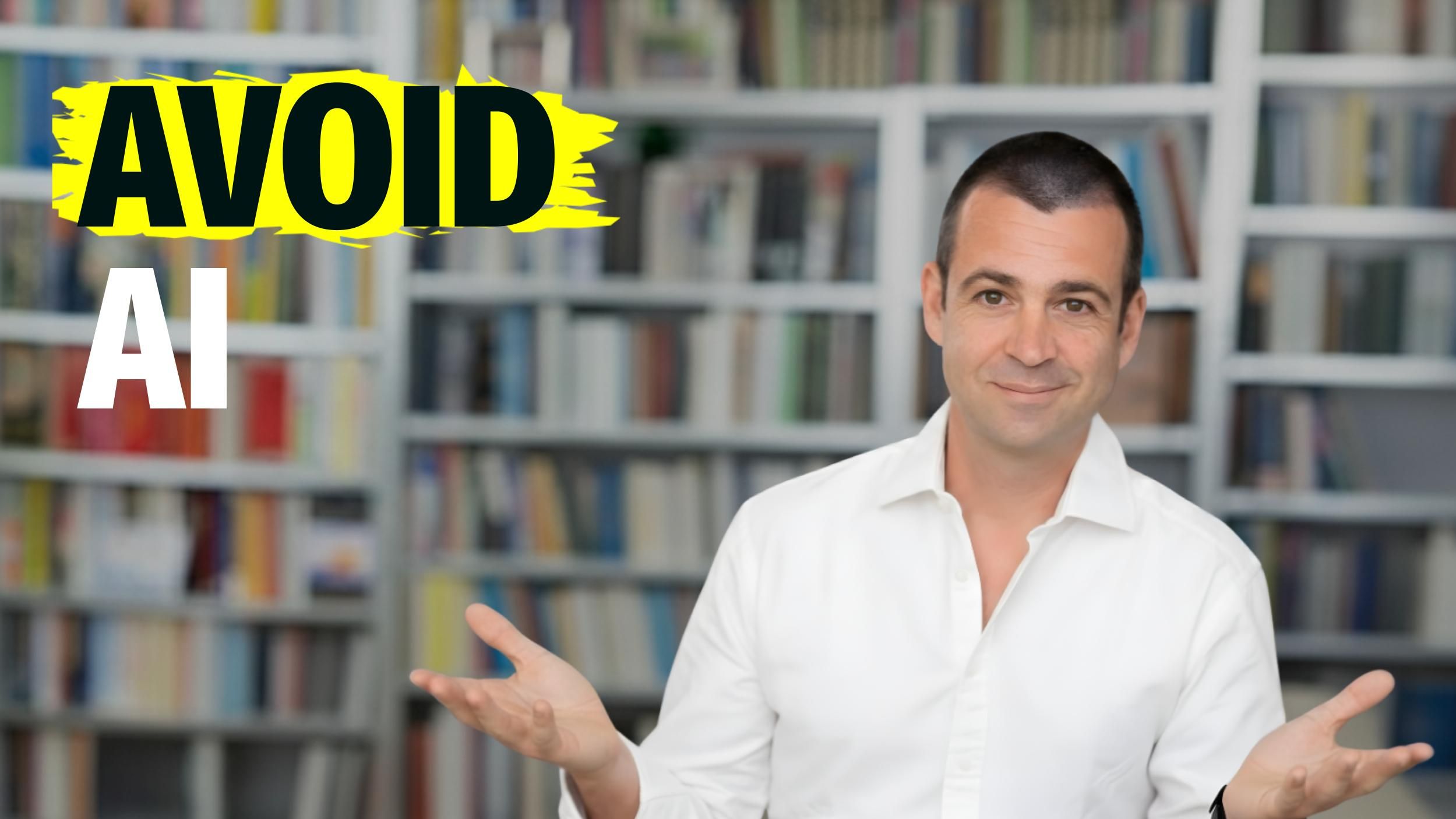
Have Better Meetings with Douglas Ferguson
Have Better Meetings
with Douglas Ferguson
Check out our Podcast and Youtube Show episodes!
Simon: Welcome everybody to the Strategy Show. This is the second part of our interview with Douglas Ferguson from Voltage Control. This time we’re talking about how to Have Better Meetings. Welcome Douglas!
Douglas: Hi!
Simon: How are you?
Douglas: Doing well.
Simon: So Douglas, last time we thought and talked about the Design Sprint. It entails one big question, that we want to solve it in five days, with around seven people. It's highly relevant to the strategic matter and we can solve it in five days. But, now let's talk about the “Everyday Meeting”. That thing that sucks up so much of everyone’s time. It’s important, but it can be done much better. What's your take on meetings?
Douglas: I'm glad you brought this up because it's a passionate topic of mine and a real focus for Voltage Control in 2020. When I think about meetings, there's a few things that I think caused the issues that we all struggle with so much, when we think of meetings and particularly meetings that go poorly. As I've spoken about this, I continually hear from people that are just super frustrated. The topic is resonating quite a bit with everyone. It's really exciting to be talking about this today.
Simon: I have a quote from Seth Godin you might know. He was asked how he is so productive, writing, like, 25 books and 10 of them are national bestsellers. What's the secret? He said first, have no TV. Second, do not attend meetings.
Douglas: So therein lies one of the interesting commandments that we have here at Voltage Control. It’s: all meetings are optional. That's something I encourage a lot of our clients and friends and readers to consider. So, if you get invited to a meeting and you don't think that you can provide value or that it will help you do your job better, you shouldn't attend that meeting. As a form etiquette, we ask people to decline the meeting and do so quickly so that the organizer will know that you don't plan to attend. Maybe they have insights that they can bring your attention or maybe you need to attend it. Or maybe, they realized that you don't need it.
Because one of the reasons meetings go poorly is that we don't have the right attendees. Either we have the wrong attendees, or we're missing attendees. Either way those issues can easily be addressed and just being more thoughtful and more cautious about how we invite people to meetings.
One of my favorite stories is these plug-ins for Google Calendar or Outlook that calculate the cost of your meeting. This could be opportunity cost, plus the labor cost of how much you're spending on these individuals being in the room. But, what could they be doing? You talk about Seth Godin generating all these books, well what could your teammates be doing?
There's an interesting process that they are trying at Zappos right now called market-driven dynamics. Basically the process works like this: if you want to use someone's time, whether that is have them work on something for you, or attend your meeting, it comes out of your budget. Each person has a personal P&L and they have to pay for resources that they consume within the company. It makes you think twice about calling a meeting that maybe isn't productive.
Simon: I love it.
Douglas: They've just started experimenting with it some and I'm curious to see how well it works for them. Hoping to catch up with some of them in mid-January.
Simon: You know, at Strategy Sprints, we are encouraging teams and business units to think of every single business, unit every single department as having a P&L, a whole value chain from end to end. But going to the individual level is even more radical. I strongly encourage that. I'm curious how that pans out .
Douglas: I'm curious to track it as well. Another thing that people get wrong in meetings is often we're just not clear on our purpose. There's a few ways that you can attack this. One is to rethink the language. I’ve even seen teams abolish the word meeting. If we're going to gather together for some reason, let's get really critical and very clear about the language that we use because that will give us a hint or an idea of the purpose. For instance, are we coming together to review something? Then it's a review. Are we having a critique? Are we building a rough draft of a pitch deck? These tasks, these outcomes can be kind of woven into the title of the meeting and make them make the purpose a lot more clear.
Simon: So, nowadays everybody's coming together and saying that the agenda will be generated in the meeting.
Douglas: I think if you're gonna develop the agenda together in this dynamic way, then you cannot be unclear on your purpose. It has to be very clear on why we're meeting and what we hope to get out of it. A lot of times folks struggle with these definitions and they kind of conflate purpose with category or various other things and really just getting deep into the why we're going to gather. Get really clear on that and then let's talk about the outcome. What deliverables are we going to generate? The ‘why’ might be because it's very clear critical that we are clear on strategy when we meet with our investors. To get clear on that, then maybe an outcome could be to generate the pitch deck to use with the investors. It can take on lots of different forms but if you're getting really clear on that why and then let that purpose inform the the outcomes. All good meetings should result in nouns, we should be creating things. Another mantra that we have at Voltage Control is “Do the work in the meeting”.
A subcategory of that is Boyle's law, one of my favorites, is: no prototype no meeting. Prototypes allow you to do the work in the meeting. We like to broaden that a bit with “Do the work in the meeting” so that if we're going to bring these resources together, let's make sure we're leverage the minds of everyone so that we can get some tangible output. We can do the work versus coming together afterwards. Rather than coming out with a list of action items that we're all going to go do work on, let's see how much work we can do together.
Simon: On the one side is very dynamic. But, on the other side, it opens doors again for meetings without tangible outcomes.
Douglas: Yeah, that's...
Simon: Let's explore one very uncomfortable question. What is the role that individual work has today in our society? If I think back, people like Beethoven used to do their work sitting alone on a desk. Now we have this default format of a meeting where we think that everything must be done in a meeting. What happened in between?
In the example of the pitch tag for the investor, I can see many cases where having one individual do the work and then coming to a meeting and sharing and reviewing and getting criticism would be much better than five people doing it. What's your take on it? When is a team needed ? What needs to happen so that a team can do amplified work and not just be hindering work?
Douglas: I completely agree. This design by committee idea is never great. Why ‘no prototype no meeting’ is a great commandment for meetings is because we're going to create that prototype either individually or in a small group. Then we're going to bring it to our group for a review so that we can get feedback on it. Ideally that happens early and often. So we can continuously learn and adapt and grow without going too far down a path without getting some of this critical feedback.
I agree that individual work is powerful and important. Not enough people reserve time on their calendars for that individual work. Because the calendar is getting eaten up by meetings. I'm a big believer in scheduling meetings with yourself. Blocking off time on your calendar especially if you know it's your optimal work time. Discover times when you get your best work done then then schedule it. Often I'll schedule time immediately after a meeting so that I have time to do the things I committed to doing that meeting or reflect on some of the things that the team said so that I can internalize some of it. I find it to be helpful afterwards just to have that time reserved. It's a personal debrief time.
Another thing that's really powerful about the design sprint is this idea of working alone together. The power of bringing people together and paying respect to the fact that this is important to us and we're all going to dedicate time to it. There's some a bit of accountability too, because if you put the time on your calendar to work on it and someone comes by your desks and steals that time away, then the no work gets done. If we're in a meeting together, it's unlikely someone's going to come by and yank you out of it. We reserved that time to do that individual work. That's a really powerful thing you can lift out of a Design Sprint and place into everyday meetings. Whether it's a note and vote or other kinds of mechanisms that get people to work alone together.
Something that I love to bring into meeting design is this boot up time. Often, even if we have an agenda or purpose or pre-read materials, not everyone has time to read those. Or even if they do, they might not have. Maybe they've spent all day in back-to-back meetings, and they walk into your meeting and it's just not top of mind. Giving them time to silently reflect and absorb and and get back into the headspace where they can think about and make decisions and produce ideas around this subject, then you're going to have a better meeting. You're going to have better time with the team that you brought together. That boot up time can be really powerful.
Simon: Beautiful. Now I'm curious, what was one of the best meetings you had recently? Why was it powerful?
Douglas: I think one of the one of my favorites recently was Voltage Control’s 2020 strategic planning. We were very clear about what we wanted to get out of it. We wanted to come up with a list of priorities from a strategic standpoint. We wanted to come up with a list of things we were going to say no to. We wanted to come up with a prioritized list of tactics or kind of initiatives that we were going to immediately start on in January. We're very clear on the purpose and the outcomes. We had developed a set of structured activities that we felt would produce those outcomes. We leaned in and we got there and the team flowed very nicely. It felt a lot like a design like a three-hour design sprint. We were following some of the same protocols but just kind of in a three hour workshop/meeting.
The reason that it immediately came to mind when you asked me about my favorite recent meeting was “The No List”. It was so empowering to make a list of things that we should not do as an organization. That helped inform our strategy. and then when we flipped that around we could say there are other things we need to say no to or there are other things we might want to start doing. That state of being busy is not a requirement. It's more important to be productive and to think about the things that are important and prioritize those things.
Simon: Very powerful. “The No List”. When you do strategy it's as important to define what you are not going to do and what you are going to let go. That's the power of strategy, when you focus on a few things but you go in head first. That's where the magic happens.
Douglas: Yes.
Simon: Beautiful. Thank you Douglas. Next week we are going to continue with part three with Douglas Ferguson and this time we talk: Innovation Narratives: how storytelling can enhance innovation and make it happen. See you next week. Bye bye.
Douglas: Thank you. Bye!
Keep Rolling
Simon Severino, CEO Strategy Sprints
P.S. Entrepreneurial freedom is awesome. It’s also a lot of hard work to get there. And when you are there, it is easy to lose your grip. Our community of 16.000 entrepreneurs is getting stronger and stronger every week, because we amplify each other. We share what works, and drop the rest. We test, refine, improve. Check strategysprints.com to level up your business and have fun doing it.
Get our expert sales tips delivered
By submitting you agree to receive our weekly Strategy Sprints Newsletter as well as other promotional emails from Strategy Sprints. You may withdraw your consent at any time via the “Unsubscribe” link in any email or view our privacy policy at ant time.










